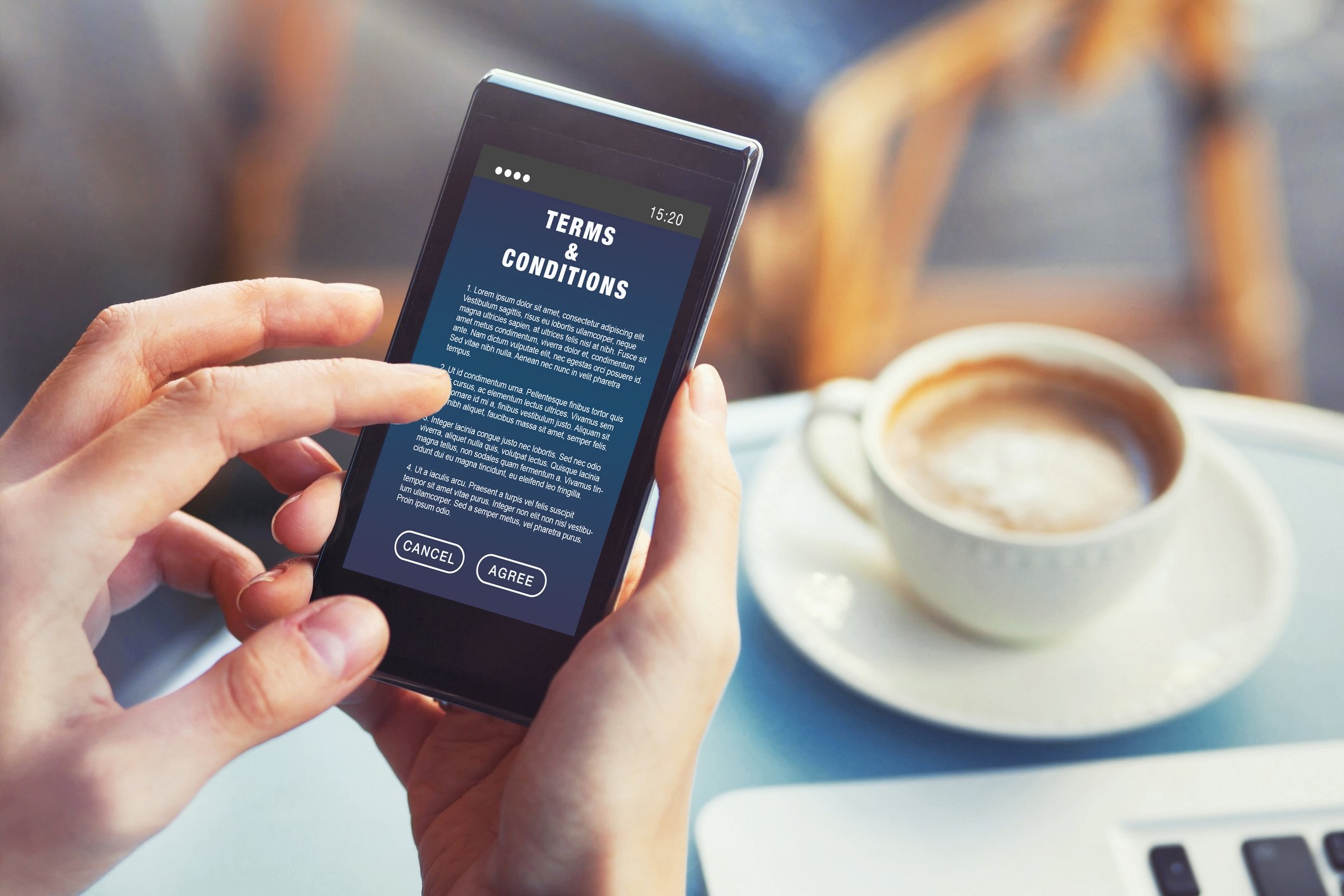How to design the right rewards for your incentive and loyalty program - part 1
By Ko de Ruyter, Debbie Keeling and David Cox
At Motivforce R&D, we track, monitor and report on the performance of our programs. We measure what members think, feel, and do and tie this to our clients’ bottom-line. We also encourage white space thinking and ask members: “What if you could design your ideal program and start from scratch? What choices and trade-offs would you make?” This gives us an idea of what members think are important features of programs. What do members decide when they are invited to sit in the designer driver’s seat?
As we do these deep dives in mapping member preferences, a pattern emerges. The absolute numero uno feature of loyalty programs is the attractiveness of their rewards.
Just last month, in a program audit for one of our (Fortune 100) clients, we found that 66% of members’ decision to actively engage with the program could be attributed to ‘rewards’. This made us wonder. If programs are so overwhelmingly about rewards, it is time to take stock of what we know about them. There is a quite lot to know. So, we decided to dedicate, a mini-series of three blog pieces to this topic and revisit the knowledge base on rewards.
In this, the first of our rewards trilogy, we discuss reward design elements,
Tokens of Gratitude
Let’s put rewards into a historical perspective first, in a did-you-know-that sort of way. A recent article by Kim et al. (2021) in the Journal of the Academy of Marketing Science, tells us that during the late 18th century, businesses started to give out copper tokens that could be exchanged for merchandise. These were referred to as ‘tokens of gratitude’ and were given out in appreciation of the relationship and not necessarily tied to products bought or services sold. The rest is, as they say, history.
Overseeing 200+ years of research on rewarding loyalty, we identify 3 key reward design elements that to this day we need to be mindful of.
1 . What behaviour gets rewarded?
To this day, the vast majority of companies are focused on rewarding purchase transactions. Such a transactional approach to loyalty is often quoted as the key reason why programs fail. It is easy to beat, undercut and imitate and generally does not evoke a stable and favourable attitude towards a vendor. Try to stay in the footsteps of those loyalty founding fathers and treat rewards as tokens of gratitude. Companies are advised to consider rewarding a wider set of behaviours. As an example, in our B2B programs we have been designing rewards that recognize keys steps to a sale; why not reward that proposal or a successful product presentation as a tangible form of sales performance. It is easy to evidence (sometimes simply just by a mobile snapshot), and it has been shown that it creates a positive vibe among resellers as it stimulates them to close the deal. Similarly, companies have started to explore social media engagement of members with their products. It is another great way of building that emotional bond with your brand in our modern age.
2. Reward fit
This refers to how rewards relate to a vendor’s core offering. Research has shown that program member loyalty is strengthened by reward fit. That’s why energy companies that are offering discounts on solar panels in exchange for loyalty are running successful programs. Program members generally want vendors to stick with what they are good at, and this certainly applies to rewards.
3. Monetary reward value
Our research has shown that customers associate this as a cue of how much firms are willing to invest in the relationship with them. Conversely, when the financial value of a reward is below par, this has more negative consequences for their patronage. So, reward value is important to consider, particularly as our program audits very clearly show that ‘cash is king’; program members have an almost overwhelming preference for ‘cash proxies’, such as reloadable cards and vouchers. The important thing is to position these types of rewards as relationship investments and make members feel that they are worth it. So it is not just about the cold cash, it is about those tokens of gratitude or the psychology of rewards.
Read Part 2 & Part 3 of our ‘Reward’ series of insights,






